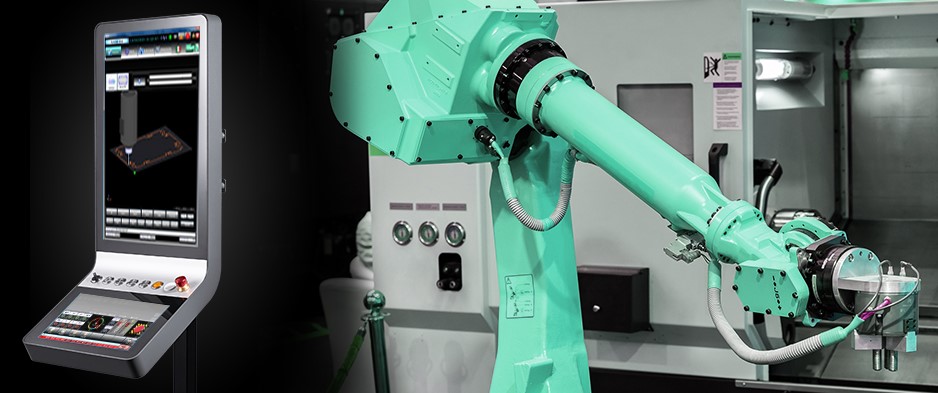What does a motion controller do? In this you’ll find the answer to some of the most frequently asked questions on this key device.
What is a motion controller?
Let’s start with the basics. Motion controllers are special devices that control the engine operating modes. In other words, it’s the brain of every motion control system. As such, its task is telling the motor what to do based on the desired production outcome.
In fact, a motion controller contains the movement profiles and the target positions for the application, and creates the trajectories that the engine must perform to satisfy the commands. Motion control is often a closed circuit, so controllers monitor the actual path and corrects positioning or speed errors.
How do motion controllers work?
In feedback-based systems, motion controllers take an input command sent by the user, compare it with a feedback signal from the motor and apply corrective actions so that the desired input/position and actual output/position match with little – or zero – margin of error.
When creating trajectories for the motor (and/or actuator), the motion controller generates motion profiles. These are the sequences of position commands in relation to time that indicate to the motor where and how fast to place a load. Finally, the motion controller uses the trajectories created to generate the correct torque commands, which are then sent to the drive.
What kinds of motion controller exist?
In industry there are several motion controllers that differ in size and category. However, it is possible to identify three main types:
- Autonomous controllers: complete systems that feature electronics, power supply and external connections in a single physical container.
- PC based controller: controllers mounted on the motherboard of a PC to generate and execute motion profiles.
- Microcontrollers: MCUs (MicroController Units) are devices integrated on single electronic circuits to control a motor.
Now that you’ve read what a motion controller is, discover ESA CNC Motion solutions.

